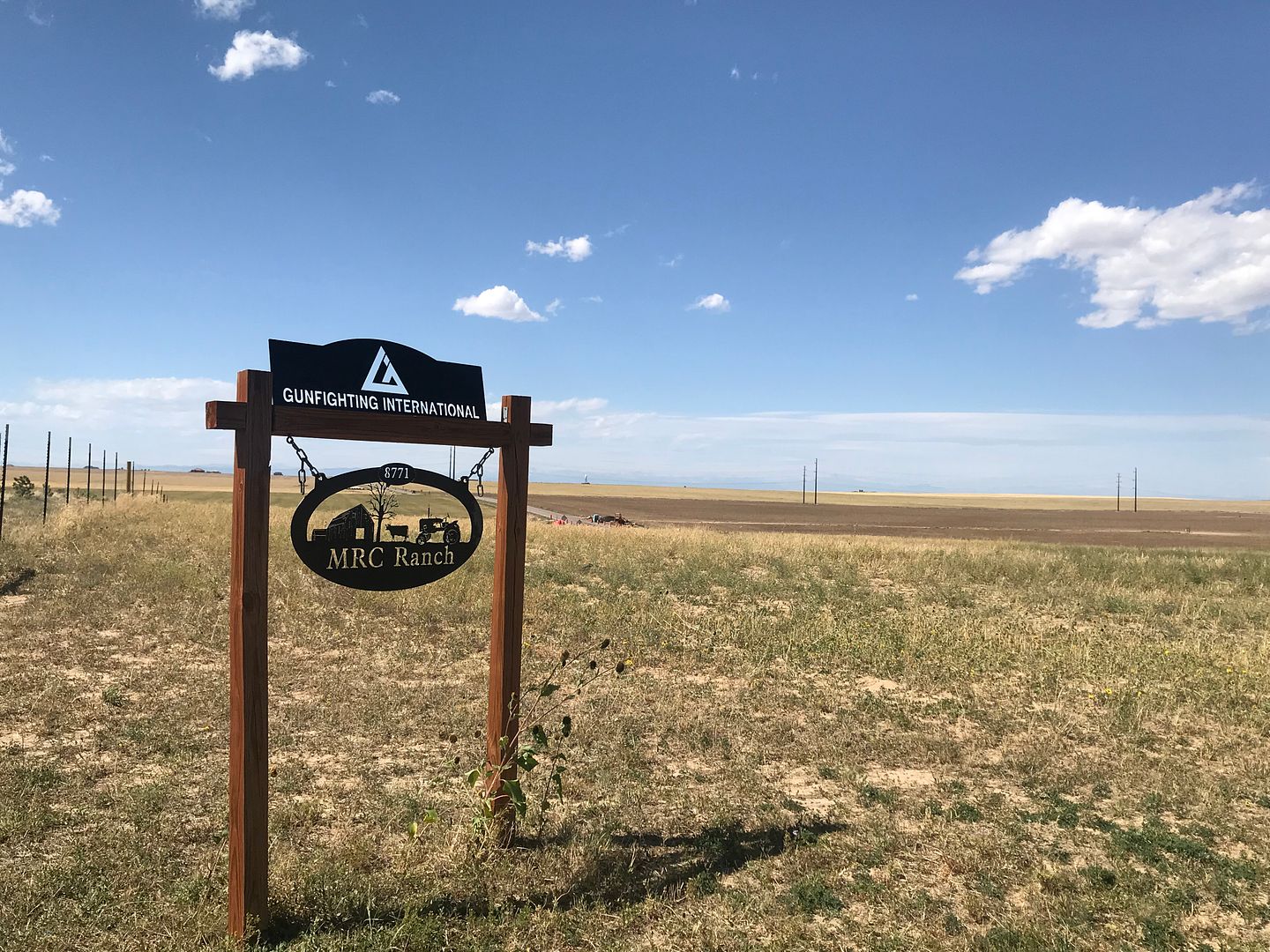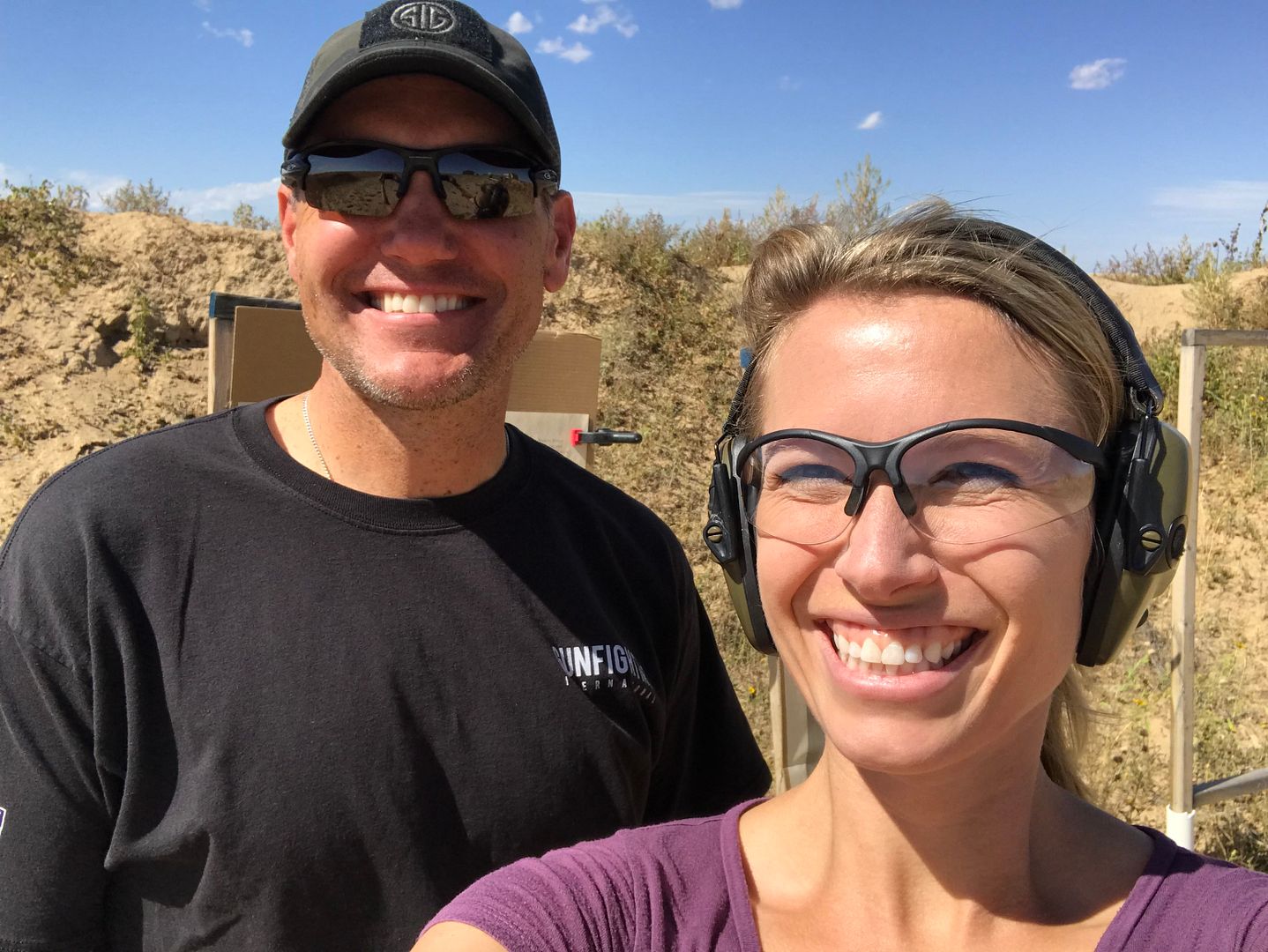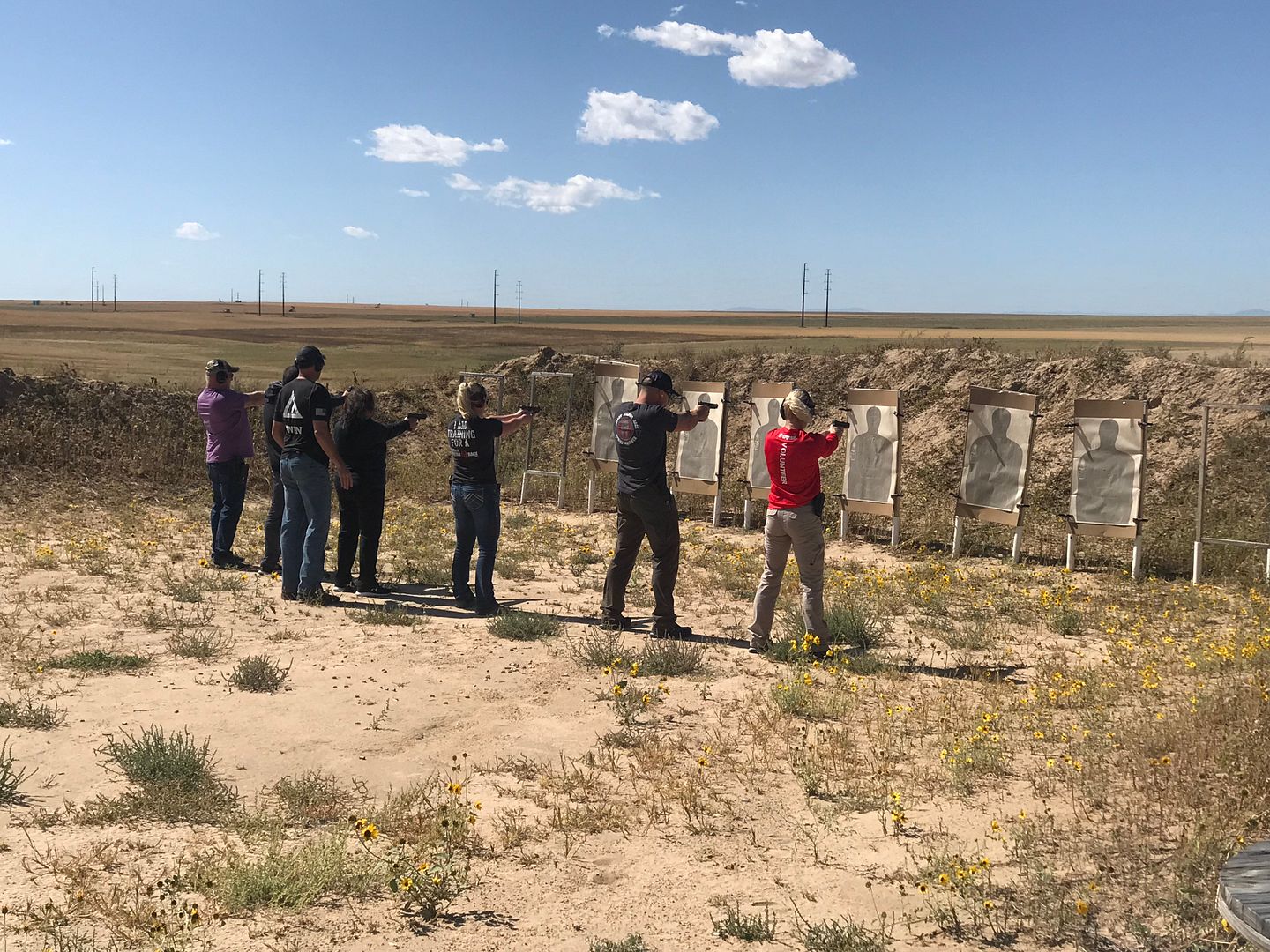
I was pregnant with our second child (a son) the day I went to my daughter’s preschool for a tour. The kind head of school showed us the classrooms and talked about their philosophy on early childhood education. Then, she told us about school safety, including the preparations in place in the event of a school shooting.
Maybe it was the pregnancy hormones, or just the thought of my then two-year-old daughter huddling with other toddlers in the corner of a classroom in a lockdown situation, but I lost it. I started crying. It was embarrassing!
But it made an impression on me. As mass shootings cycle in and out of the news, I share the fears of many people – that I could be in the wrong place at the wrong time. God forbid my kids are with me.
I’ve had a gun for self-defense for about 10 years now. I even owned my handgun when I got mugged near Washington, D.C., in 2010, but I didn’t have it with me as I was getting tackled by a stranger who jumped out from behind a bush. I practically pushed my purse at him, hoping he’d be satisfied with that and just run away. Luckily, he did.
I try to remind myself that overall, violence in the U.S. – including gun violence – is way, way down. I don’t want to have fears that are out of proportion with reality. But I do want to be prepared. So I decided to get my Concealed Carry Permit. Here’s a video I took right after my handgun class that explains my motive a little more:
When I arrived at the class, offered by Gunfighting International, I met the instructor, Paul Gregory, and my 11 classmates for the day. Paul is a police sergeant with 20+ years experience, including about 15 years of SWAT team experience, and a father of three boys. He’s passionate about helping law-abiding citizens learn about how to defend themselves and others. Here’s a photo of Paul and me:

Our class was half male, half female. That kind of surprised me, because I tend to associate shooting with men, but I also know that the biggest growth in CCW permits nationwide has been among women and blacks. Three of my classmates were not white.
The guy sitting next to me came to the U.S. as a refugee from war-torn Kosovo. His perspective was interesting: He emphasized that he hoped never to shoot a person, because when you do that, “you take their whole humanity.” But he also deeply appreciated our freedom to defend our families and ourselves. He asked how many guns Americans were allowed to have, which got a good chuckle from the rest of the room. “Yes,” was Paul’s answer.
On the other hand, another classmate mentioned that he thought the whole idea of concealed carry permits turned our freedom upside down. “Why should we have to get a permit from the government to exercise our Second Amendment right?” he pondered. And yet he said he wanted to get the permit to follow the letter of the law.
Interestingly, concealed carry permit holders are the most law-abiding segment of society, even more so than police. According to criminologist John Lott, CCW permit holders are convicted of misdemeanors and felonies at one-sixth the rate of police officers, who are themselves a more law-abiding group than the general population.
Here are some of my law-abiding classmates practicing their shooting:

The first few hours of our class were in a classroom setting. We introduced ourselves and explained a little bit about our interest in the class. Most people cited personal safety, with a couple of people (professional drivers) citing their working conditions as less than perfectly safe. Several parents (including me) mentioned the desire to keep our homes safe for their children.
First, we talked about what Paul called the “awesome responsibility” of owning and carrying a firearm. Safety is always the number one priority.
Then we talked about what kind of gun and ammunition is best and how to clean, maintain, store and handle our guns. Here’s my gun, after I took it apart (as I would if I were cleaning it, which I do after any training outing).

Then we spent a great deal of time talking about what the law says. Paul shared copies of the state laws in Colorado that pertain to use of physical force in defense of a person (others or oneself). We discussed a ton of “what if” situations, many of which pertained to what’s legal and what’s not, but also some that posed personal judgment calls, like when to get involved in a situation and when to simply flee. Paul provided us with a helpful framework for this kind of “decisional shooting.”
We also talked about gun-free zones, like schools, and how to honor them. Ironically, the majority of mass public shootings (89 percent) take place in gun-free zones.
We reassembled our guns and did some handling of them (unloaded) in the classroom, just to get familiar with the moving parts and proper grip. Then it was time to hit the range, which was just outside. Here I am shooting at a target:

We covered the basics of shooting and practiced several turns firing on our paper targets. Each turn, I grew more confident in quickly loading the magazine in my handgun, racking it, aiming it, and firing it. Paul was there to help us maintain good stance and grip, and most importantly to make sure we were being safe (pointing our guns downrange, keeping our fingers off the trigger until time to fire, etc.)
At the end of the course, my classmates and I all received certificates of course completion. (Mine is pictured below.) The next step is to turn this certificate in, along with this form, to my county sheriff’s office. In Colorado, I also have to pay $152.50 in fees for my permit, which will be mailed to me.

If you’re interested in taking a CCW course, look for one in your state. If you plan to own a gun, I highly recommend it. I feel much better about having a gun in my home after this course; it helped me think through how I might use it in what I call a “God forbid” situation – if my children or my personal safety were in danger. And when my permit comes in the mail, I’ll be able to carry a concealed gun with me if I choose.
I’m under no delusion that by carrying a gun I can lower the chance that my kids face a threat at their school (a gun-free zone) or that I will be some kind of hero in a violent situation. But I do feel, like my CCW classmate from Kosovo, that I am very blessed to live in a country where individuals are free to have guns, and I recognize that with any great freedom comes a great responsibility. I left my CCW training feeling empowered, supported, and proud of myself. And I feel safer now, too.
That said, getting CCW training is only the beginning of training. Becoming a responsibly armed citizen is a life-long pursuit so that we re best prepared to protect our families and ourselves. And that’s what I plan to do.

